Obituary: Roy Mason, a man forever linked with Barnsley and coal mining
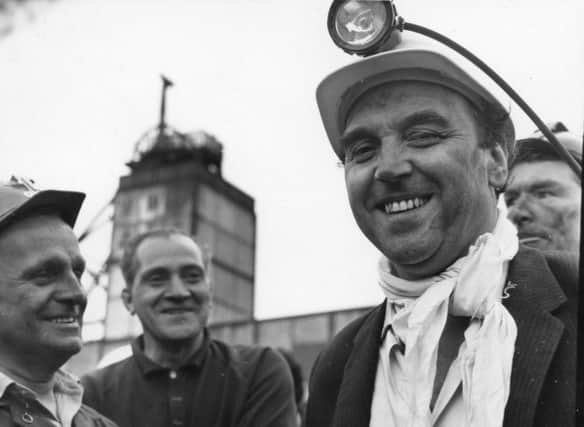

He was born near the town, worked down the pit from the age of 14, became an NUM official in his early twenties, and was its Member of Parliament from 1953 until his retirement in 1987. He then went to the House of Lords. Politically he was best known for his time as Secretary of State for Northern Ireland, a post he held from 1976 to 1979.
Born in 1924 in a Yorkshire mining village, at a time when industrial life was far tougher than one can imagine today, his schooling finished at 14 when, like almost every youth in the area, he went down the pit - the same local colliery at which two years earlier fifty-eight men had been killed in an accident. Mason watched the bodies being brought out.
Advertisement
Hide AdAdvertisement
Hide AdHis father was disabled by a pit accident in 1944 and he himself was injured three times. His mother died at the age of 46 - in Mason’s words, “worn out” by the relentless pressures of caring for a family in such harsh circumstances.
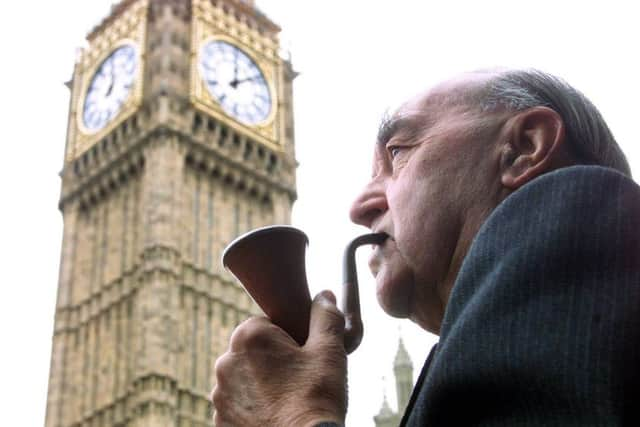

Whilst a miner, Mason studied mechanical engineering part- time but could not afford to complete the course. In 1951 he went to the London School of Economics as a mature student on a TUC scholarship. With his abilities being obvious to his colleagues, he became a branch official of the National Union of Mineworkers at the age of 23. However, his NUM career was not to last long, as a consequence of an unusual set of circumstances which enabled him to become the Member of Parliament for Barnsley.
The long serving MP, Frank Collindridge died suddenly at an election meeting between nomination day and polling day at the 1951 General Election, causing the election to be postponed. The new Member was a forty year old NUM official, Sid Schofield, who could have been expected to sit for this safe seat for many years. However, Schofield very quickly became disillusioned with the artificiality of Parliament as he saw it, and insisted on resigning, thus causing a by-election for the constituency in March 1953.
Mason was selected as the Labour candidate for the safe seat which he then held for thirty-four years, retiring at the 1987 General Election. Given a life peerage in the dissolution honours list following that election he went to Lords as Lord Mason of Barnsley. He spoke occasionally in the Lords, mainly on topics connected with angling, and with the coal industry.
Advertisement
Hide AdAdvertisement
Hide AdIn the Wilson Governments of 1964 and 1966 Mason held a number of junior ministerial posts, including Postmaster- General, and Minister of Fuel and Power, until his first spell in the Cabinet from 1969 to 1970 as President of the Board of Trade.
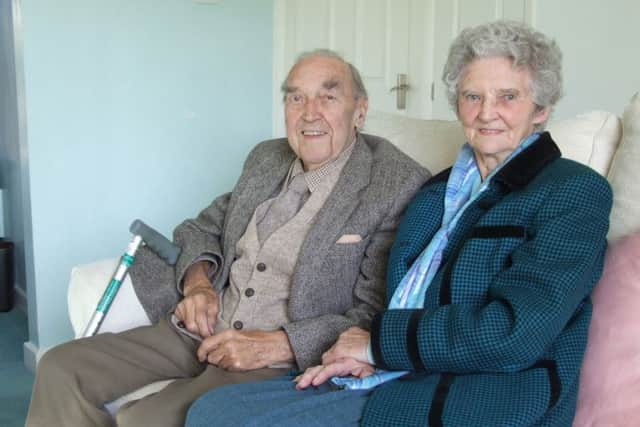

When Labour returned to power in 1974 Harold Wilson appointed him as Defence Secretary. He soon fell foul of the Labour party’s left wing with the admission that the British government had used the United States’ desert test range in Nevada for an underground test explosion of one of the new nuclear warheads for the Polaris submarine. Roy Mason robustly defended his government’s multilateral defence policy against the Tribune Group and CND stalwarts such as Frank Allaun. When Wilson went to Cabinet in November 1975 requesting £3.75 billion of public expenditure, Bernard Donoughue records that Mason threatened to resign if “his wasteful Ministry of Defence was cut by a mere £450 million.”
Following Harold Wilson’s sudden retirement in 1976 Mason briefly flirted with the idea of standing in the leadership election but instead he backed Jim Callaghan. When Callaghan became Prime Minister he appointed Mason as Secretary of State for Northern Ireland. His three years in that post provoked great controversy. Donoughue refers to Mason as “a right-wing toughie who was very acceptable to the Ulster Unionist majority, appointed with the broad instruction to keep the lid on the Irish cauldron - which he basically did achieve.” Mason’s stance provides one of the reasons for the otherwise strange support of the Ulster Unionist party for Callaghan’s precarious parliamentary position, particularly after the end of the Lib-Lab pact.
Mason did not lack political and physical courage. His time in Northern Ireland was one of political stalemate and he failed to make any significant progress on this front. Instead he concentrated on improving the security situation. This particularly involved containing the IRA’s campaign, though he was equally tough on loyalist extremists. Mason’s period of office was marked by a number of significant initiatives.
Advertisement
Hide AdAdvertisement
Hide AdThe Special Air Service (SAS) was introduced into Northern Ireland with a progressively increasing role. Also the policy of “Ulsterisation” was extended - reducing the use of the British army and developing the role of the Royal Ulster Constabulary and Ulster Defence Regiment. He also believed that economic development would reduce support for paramilitary groups. One initiative in this field was the establishment of the later notorious and failed De Lorean car factory in West Belfast.
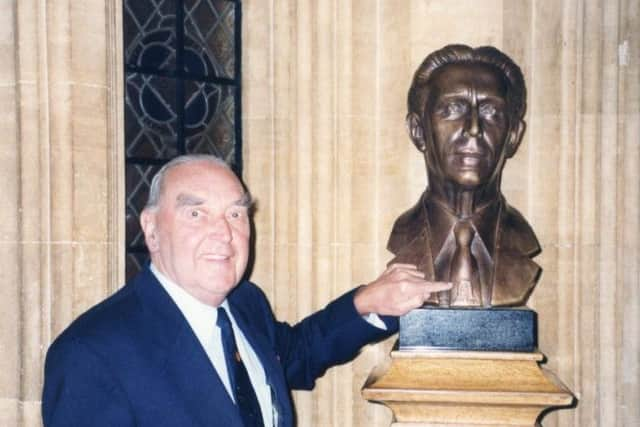

Mason was often represented as rejecting the view, increasingly articulated by the service chiefs, that there was no military solution. In fact, he recognised that a political solution was necessary but believed that it could not succeed without security and stability in the province. He therefore set about governing Northern Ireland “firmly and fairly”, with justice for all, equality before the law, and, above all, focussing on paramilitary terrorism as a security problem. His time in office was not without its particular atrocities - including the IRA’s fire bomb attack on La Mon House Hotel which killed twelve party goers - but he could point to an overall decline in the deaths from terrorism in the province during his period in office.
His evenhandedness was demonstrated by his efforts to defeat the loyalist strike, led by Ian Paisley, in April 1977. Mason had seen the post-Sunningdale power sharing executive brought down by a similar strike in 1974, and was determined to prevent a second Paisleyite success. Mason’s support of the power workers and the transport drivers encouraged them to continue to work in the face of considerable intimidation, and the strike was called off after a tense month of threats and violence.
Mason’s statement that “we were without question hurting the IRA,” was echoed by Martin McGuiness’ comment that “the only one who impressed was Roy Mason. He impressed some of the Unionists because he beat the s*** out of us.” Perhaps unsurprisingly, he was admired by Airey Neave, the Conservative Northern Ireland spokesman later assassinated by an IRA splinter group. The price for Mason’s stance was that thereafter he and his family had constant protection by armed police officers.
Advertisement
Hide AdAdvertisement
Hide AdRoy Mason was a man of paradoxes. A politician of considerable native intelligence, but of somewhat dour aspect. A person with a great deal of pride and self esteem but with a modest lifestyle. A Labour minister on the right of the party, and a supporter of the European Union, who was critical of Roy Jenkins whom he regarded as “supercilious.”
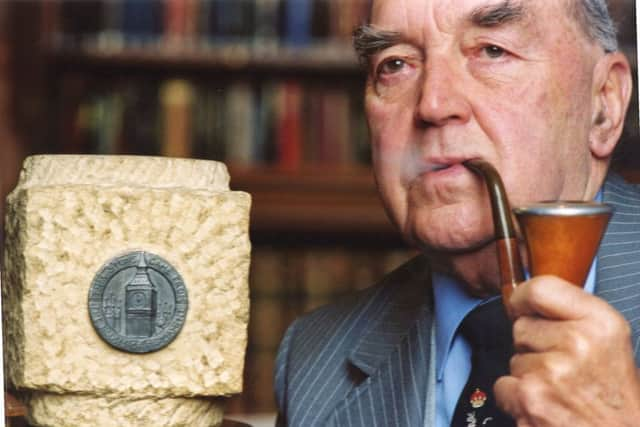

A lifelong Labour party member but a social conservative who voted to retain Section 28 which inhibited teaching on homosexuality, and a trade unionist who regarded Barbara Castle as “sly”. Although approached by Bill Rodgers in 1981 Mason was far too much a died-in-the-wool Labour man to join the SDP, but he narrowly escaped de-selection by the Labour left at the 1983 general election.
In his retirement he continued his recreations of fishing, pipe- smoking and the unusual hobby of “cravatology” or designing ties.
He leaves a widow, Marjorie (Madge), whom he married in 1945, and two daughters, Susan and Jill.
READ MORE...